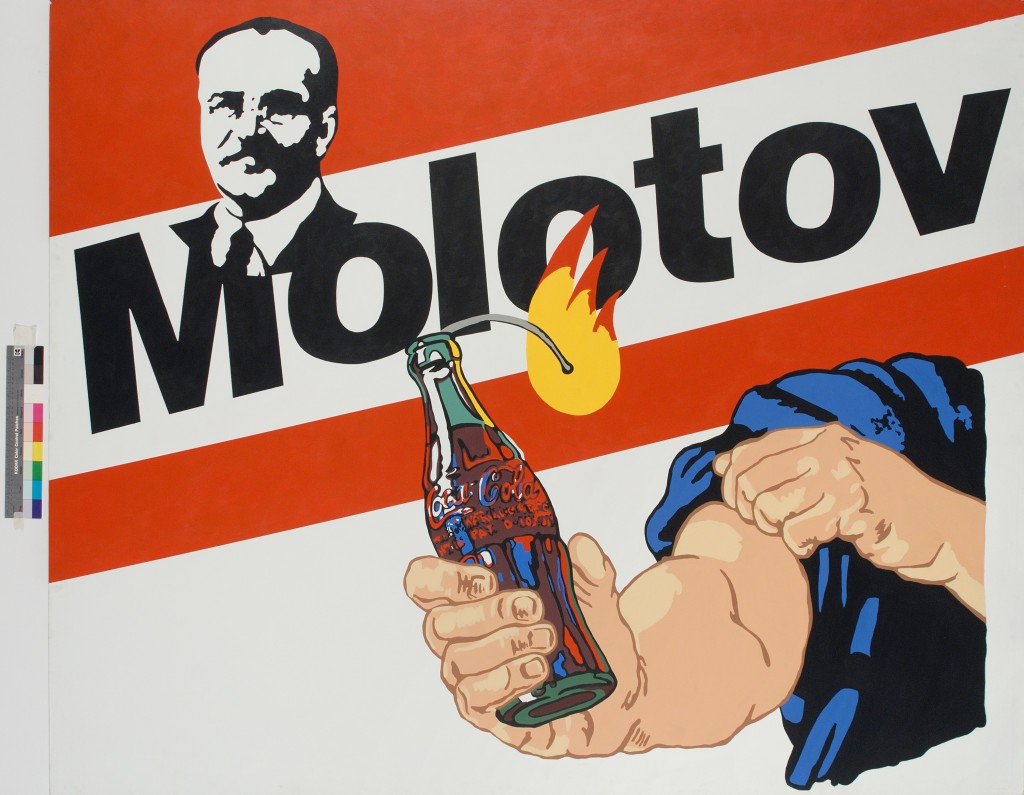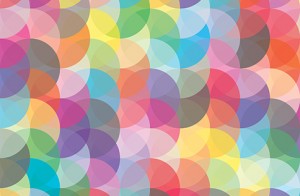In April 2010 Haunch of Venison presents the first comprehensive survey of Soviet non-conformist art from the 1980s and early 1990s ever to be mounted in London, in collaboration with Galerie Volker Diehl (Berlin) and Diehl + Gallery One (Moscow).
Featuring one hundred works by almost fifty different artists, the exhibition focuses on the period before, during and after Glasnost and Perestroika, examining the profound influence that Gorbachev’s liberalising reforms had on the art that was being made at this transformative moment in the USSR’s history. Rather than offering an exhaustive survey, the exhibition seeks to introduce Western audiences to the stylistic diversity, dynamic spirit and key exponents of the unofficial art of this period.
Encouraged by Gorbachev’s insistence on transparency and freedom of speech, Soviet artists in the primary centres of Moscow and Leningrad retaliated against the official, state-sanctioned art that had dominated the Soviet Union for decades and began to produce work which was radical, experimental, and provocative in intent. They developed artistic strategies which were often openly critical of the official institutions of Soviet culture and sought to communicate the reality of immediate lived experience in stark contrast to Soviet ideology’s nostalgia for a utopian past.
Glasnost: Soviet Non-Conformist Art from the 1980s examines the various strands of this vital underground movement. It bears witness to a radical change in aesthetics, an eclectic fusion of media and approach, and a political resistance to totalitarian power. Characterised by a new-found individualism, the work in this exhibition represents the sum of a number of different personal styles, from the conceptual and the analytic to the jocular and ironic. It features Eduard Gorokhovsky, Ivan Chuikov, Semyon Faibisovich, Aidan Salakhova and other key figures of the Moscow scene, as well as the most influential of the Leningrad-based New Artists, such as Timur Novikov and Sergei Bugaev (known as Afrika).
Artists such as Alexander Kosolapov and Komar & Melamid (who had emigrated to New York by the 1980s) practised Sots Art, reworking the myths and tropes of Socialist Realism with biting irony and a pop aesthetic inherited from the West; other émigré artists such as Ilya Kabakov and Erik Bulatov worked in the tradition of Moscow conceptualism, subtly exploring the intellectual manipulation of mass consciousness; a third group of artists spoke out without a Soviet accent, look ing instead to European contemporary art for genuine relevance and meaning; yet another enriched the borrowed languages of the German Junge Wilde (‘wild youth’) and the French Figuration Libre (‘free figuration’) movements with images assimi lated from the Russian avant-garde.
Assembled over the past decade, the paintings, sculpture, photographs and installations in this ground-breaking exhibition represent an attempt to deconstruct the historical context of the Glasnost/Perestroika era and to convey the artistic revolution enabled by the unprecedented social and political change that Russia underwent in the 1980s and early 1990s.
A major bilingual publication featuring texts by Olga Sviblova, Ekaterina Degot, Joseph Backstein, and Boris Groys will accompany the exhibition.
With support from the Kira Foundation.
Image:Alexander Kosolapov Molotov Cocktail 1989Acrylic on canvas
164 x 201 cm(HV19837)Courtesy Haunch of Venison and Galerie Volker Diehl





